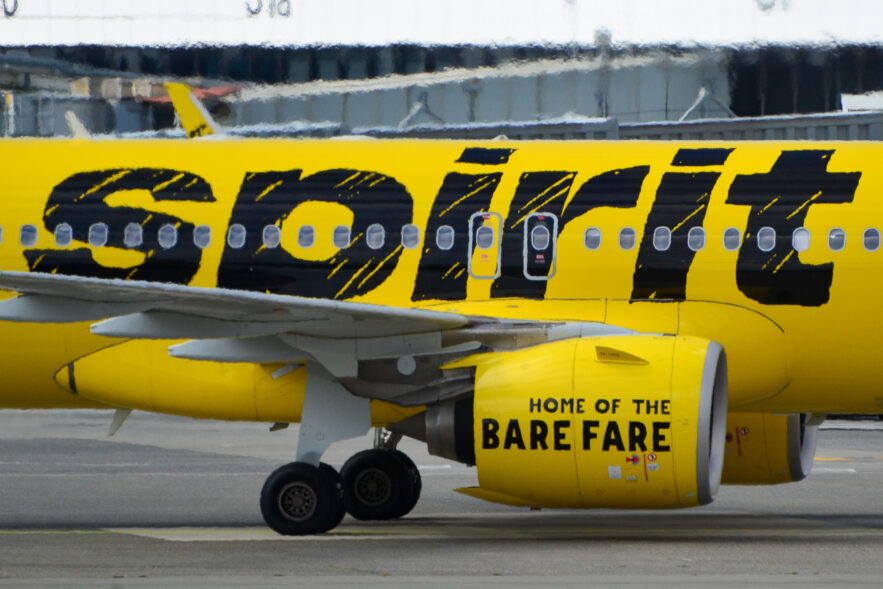For the first time in over three months, the Transportation Security Administration screened over 600,000 passengers. Yet, as optimistic as the almost seven-fold increase in traffic from its lows may be, it still requires context that overall numbers remain down more than 77% from the same point in 2019 and now facing a surge in new U.S. COVID-19 cases.
The first signs of a slowing recovery in air traffic are beginning to show in the United States just as airlines make their largest capacity increases. Even as screened passenger numbers from the Transportation Security Administration continue their upward trajectory, so do new cases of COVID-19 in states not first hit by the virus. With that growing uncertainty, the spread is showing its first indications of a slowing recovery in the months ahead.
In the middle of the single most acute crisis to hit the airline business in the history of flying, U.S. airlines are seemingly trapped playing a cascading series of one upmanship games as they chase market share, risking further destabilizing their airlines at a time when the industry’s very survival hangs in the balance.
There are three steps to an airline industry recovery. First, airlines have to return capacity to the sky. Second, passengers need to fill those airplanes. Lastly, the fares those passengers pay must be economically sustainable. The industry has not yet reached the first step.
Log-in here if you’re already a subscriber Release DateAugust 17, 2020Aircraft out of storage and into the frying panPurchase a...
As fall arrives, U.S. air traffic is still down 65%. Summer’s leisure travelers are receding at their anticipated seasonal pace, shifting the weight to fall business travel which has shown minimal recovery. This TAC Analysis expands our predictive sentiment model into the fall, illuminating the looming challenges for airlines in the coming months.
Log-in here if you’re already a subscriber Release DateSeptember 15, 2020Six months into the pandemic, it’s even worse for airlines...
Airlines eagerly await a world where they only have to worry about the economy.
Airlines can’t get back to 2019 levels if they furlough staff and retire portions of their fleets. The expiration of the airline provisions in the U.S.’s CARES Act puts the industry’s recovery at risk as airlines decide whether to keep staff in the face of mounting losses.
The connection between passenger traffic growth and new infections is mathematically meaningless.
The data shows a strong support of what was long expected to be true: Republican voters are currently more likely to return to the skies than their Democratic counterparts.
With receding regional aviation competitors, Embraer studies a return to a market that hasn’t had the choice of an all-new product in decades. Unique quirks of the turboprop market and Embraer technology planning will pressure E3 market potential. Big leaps in efficiency of single-aisle jets compresses the list of small markets that need a big turboprop.












